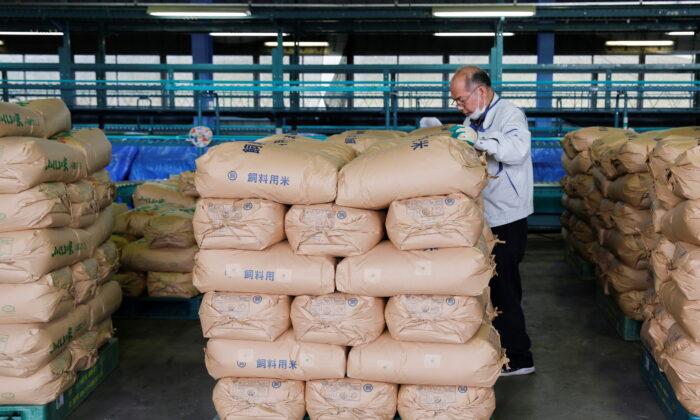The British government is soliciting public opinions on lifting Japanese food imports restrictions that have been in place since the Fukushima incident in March 2011, as part of the process to ease the curbs, which are likely to take effect next spring.
The agency’s director of policy Rebecca Sudworth said while the European Commission had evaluated the measures on a regular basis, the public and stakeholders are encouraged to submit opinions on the policy changes by February next year.
The British government currently requires inspection certificates for 23 food products from nine prefectures in Japan, including food products from Fukushima, to prove they have been tested for radioactive material and require certificates of origin for other farm products. These requirements will not be needed if the restrictions are lifted.
The goal was to remove hundreds of storage tanks at the plant and make room for facilities needed for its decommissioning. TEPCO plans to send the water through an undersea tunnel and discharge it about 0.6 miles away from the coastal power plant after treating and diluting it with large amounts of seawater.
A massive earthquake and tsunami in 2011 knocked out the Fukushima Daiichi plant’s cooling systems, triggering the meltdown of three reactors. Since then, large amounts of water used to cool the still highly radioactive reactor cores have leaked extensively. The contaminated water is being stored in about 1,000 tanks, which are expected to reach their capacity next year.






Friends Read Free